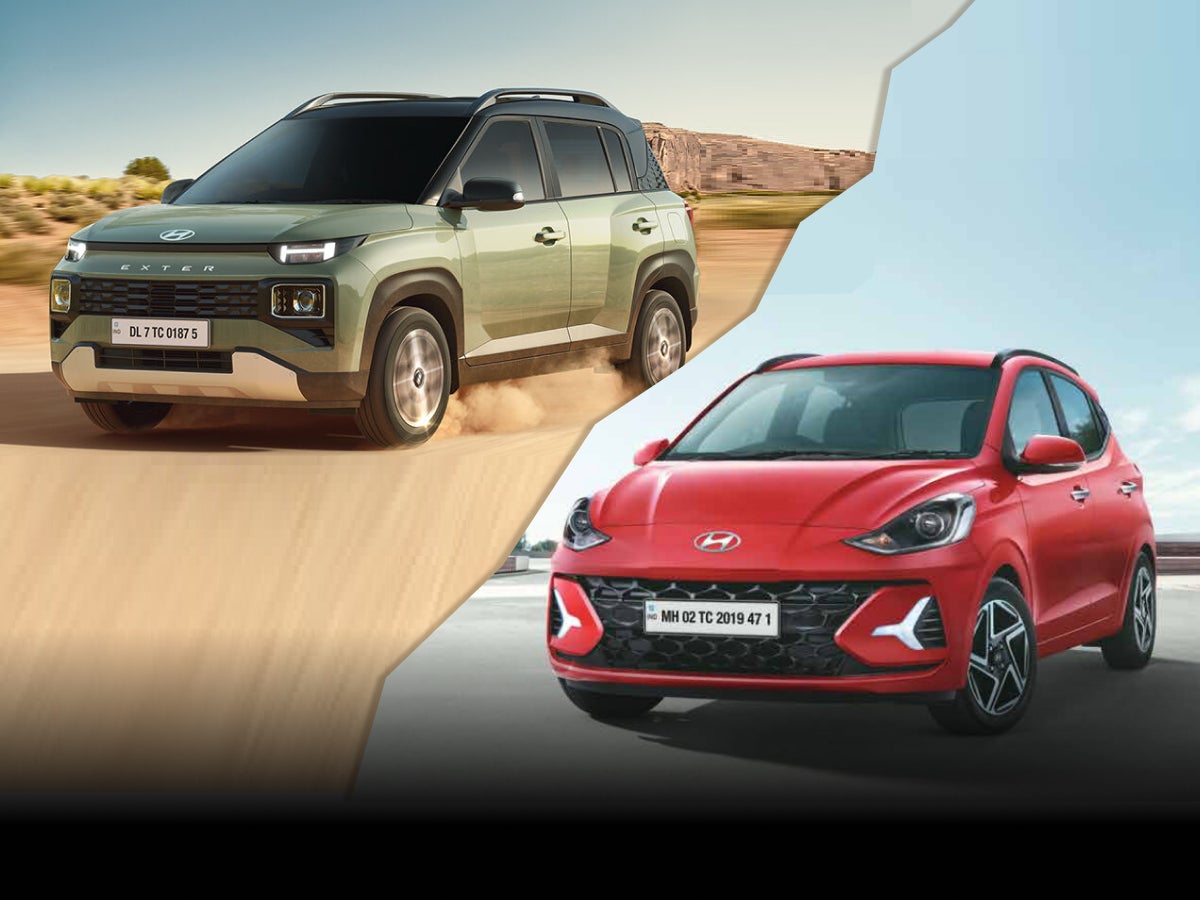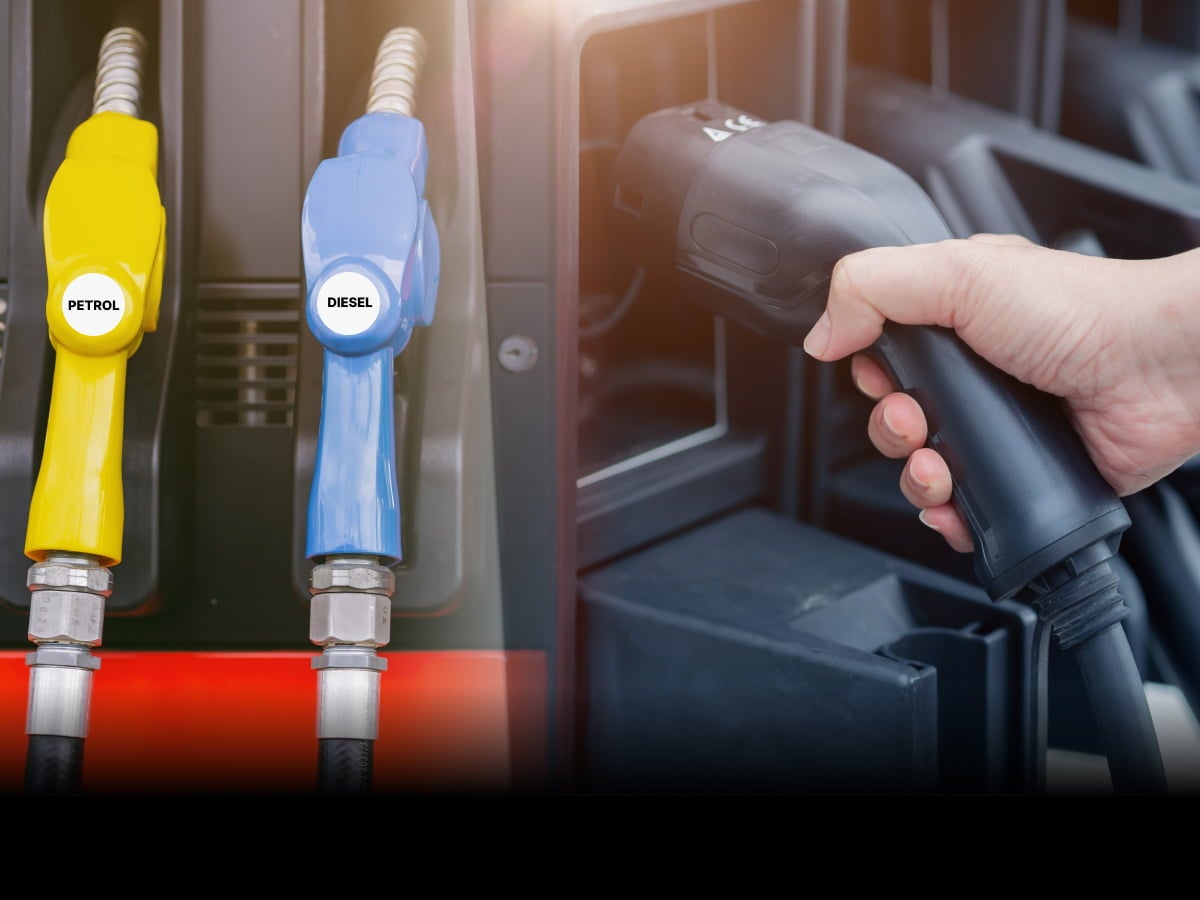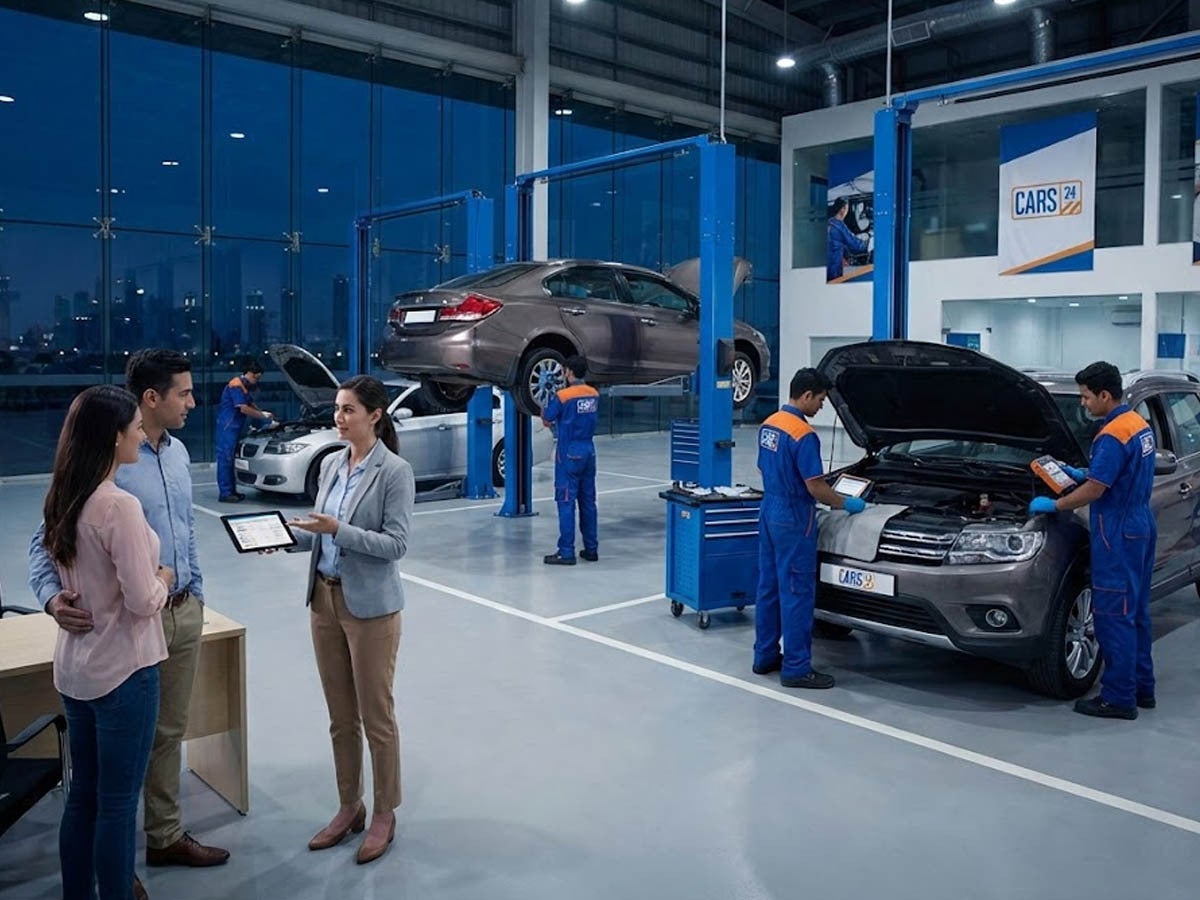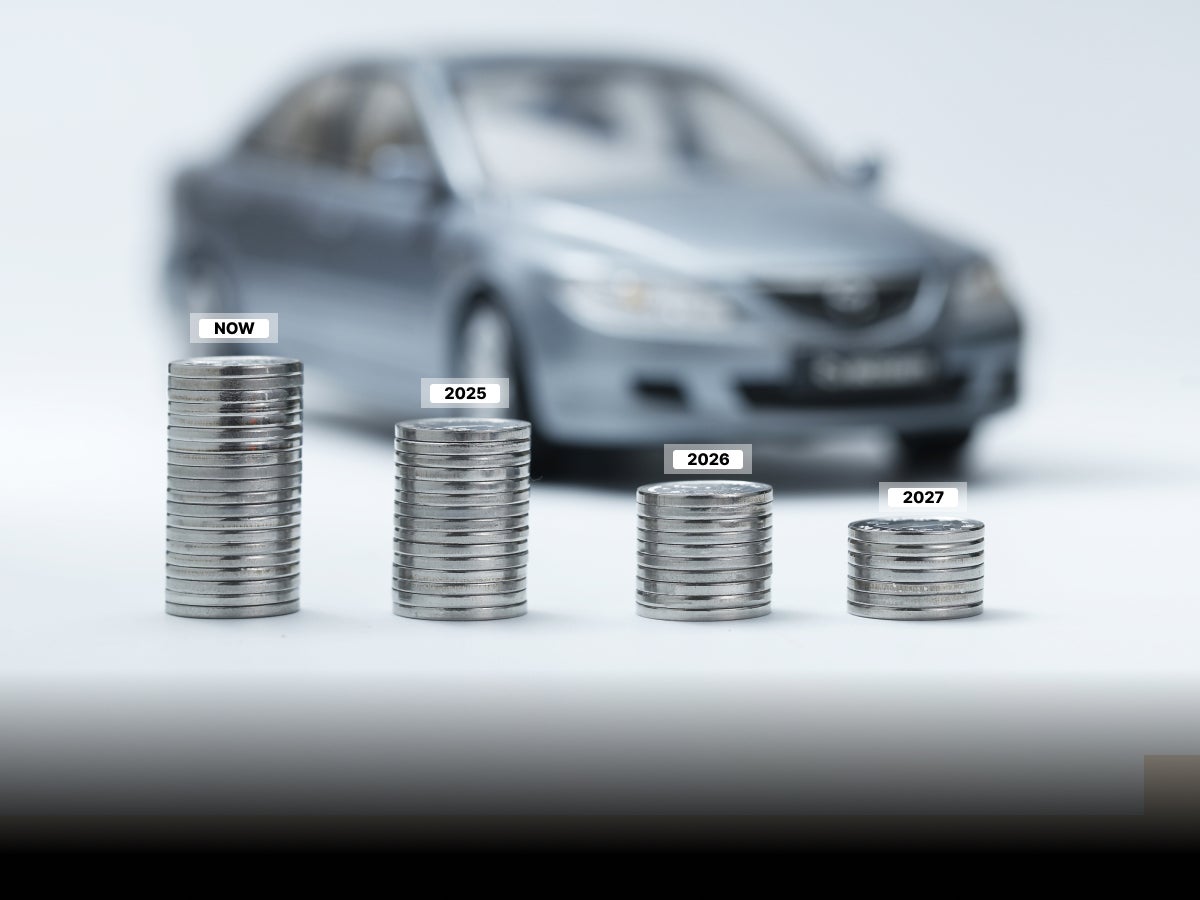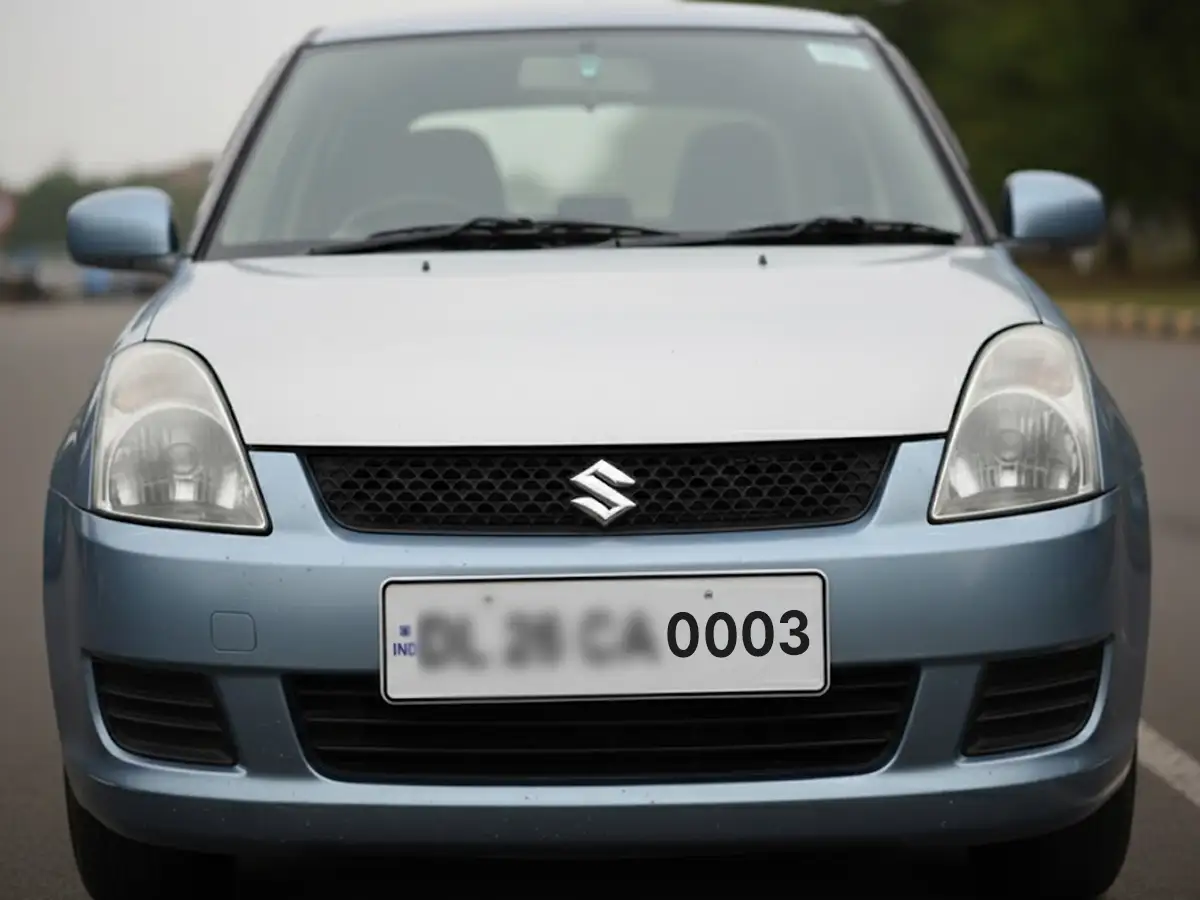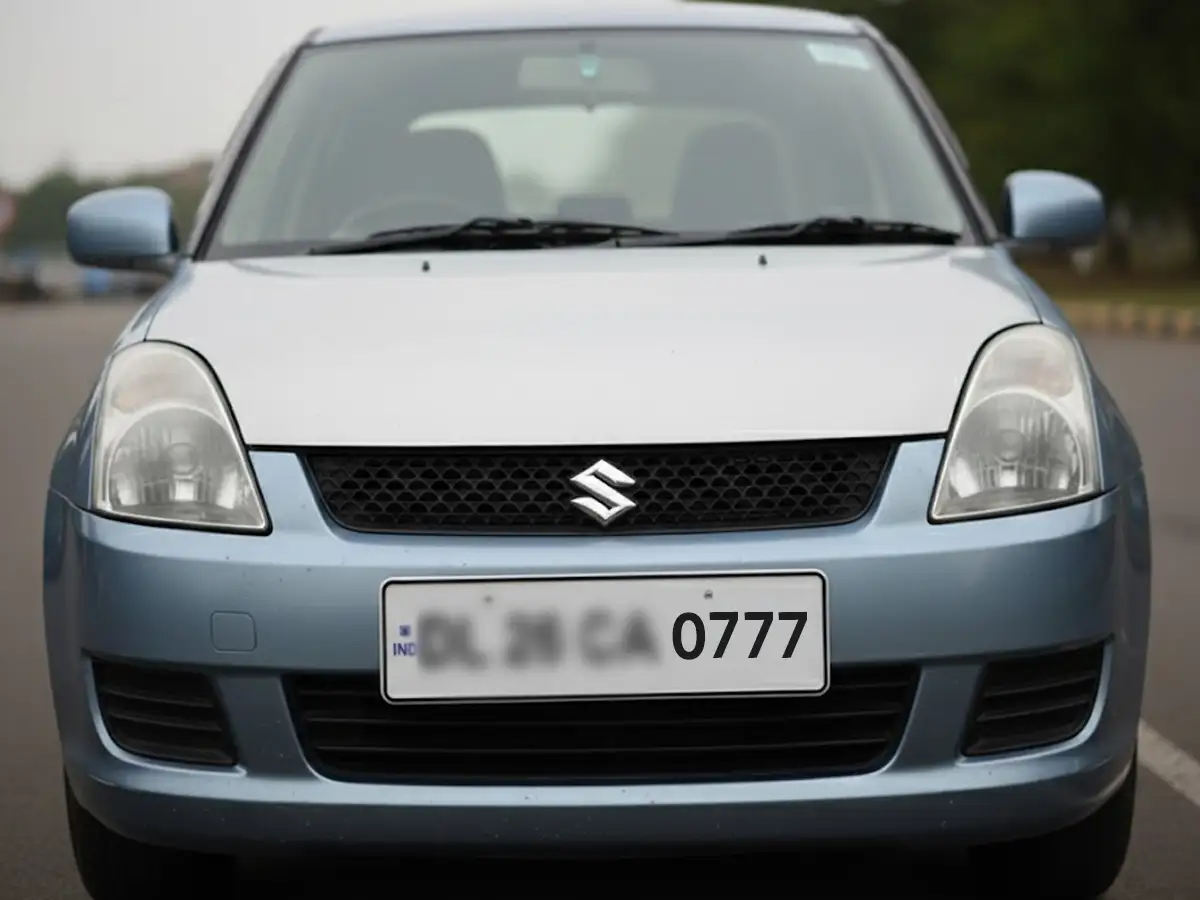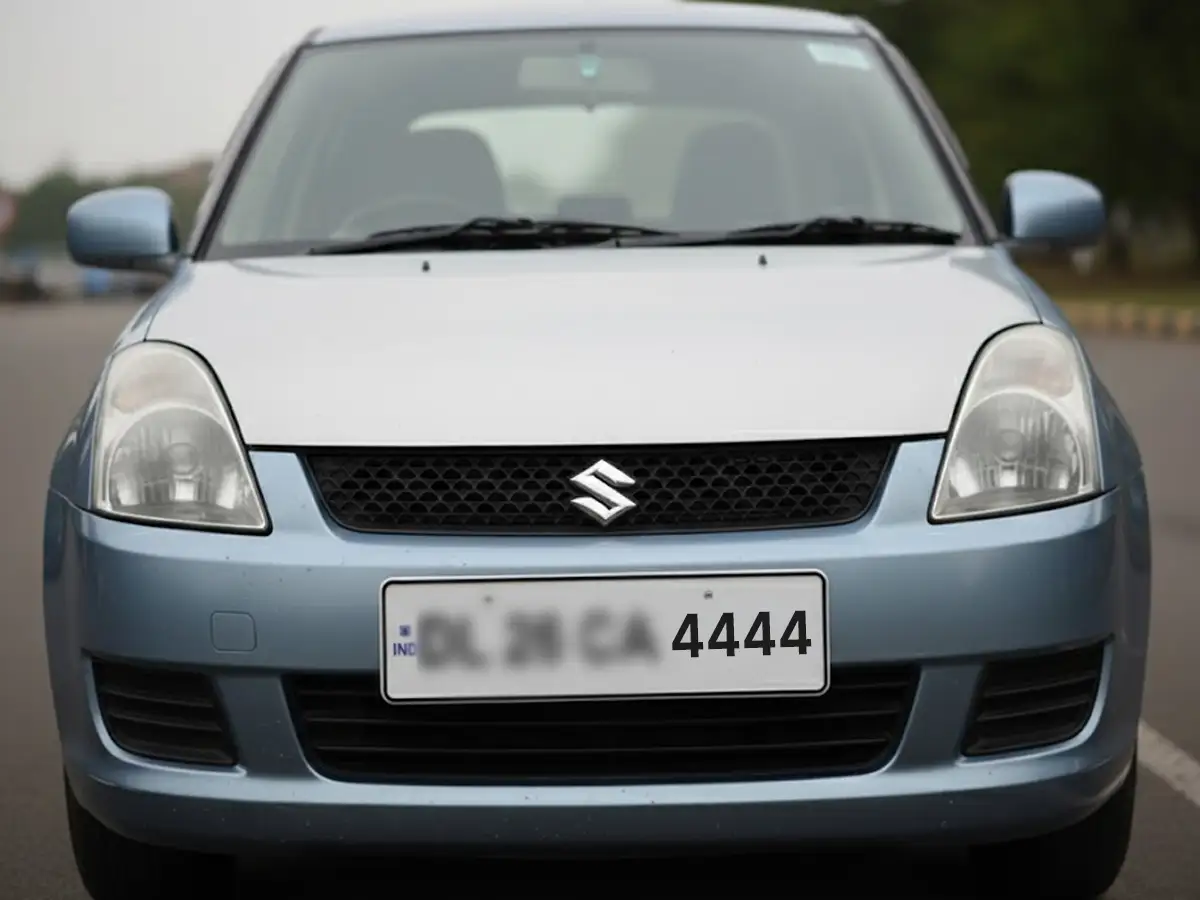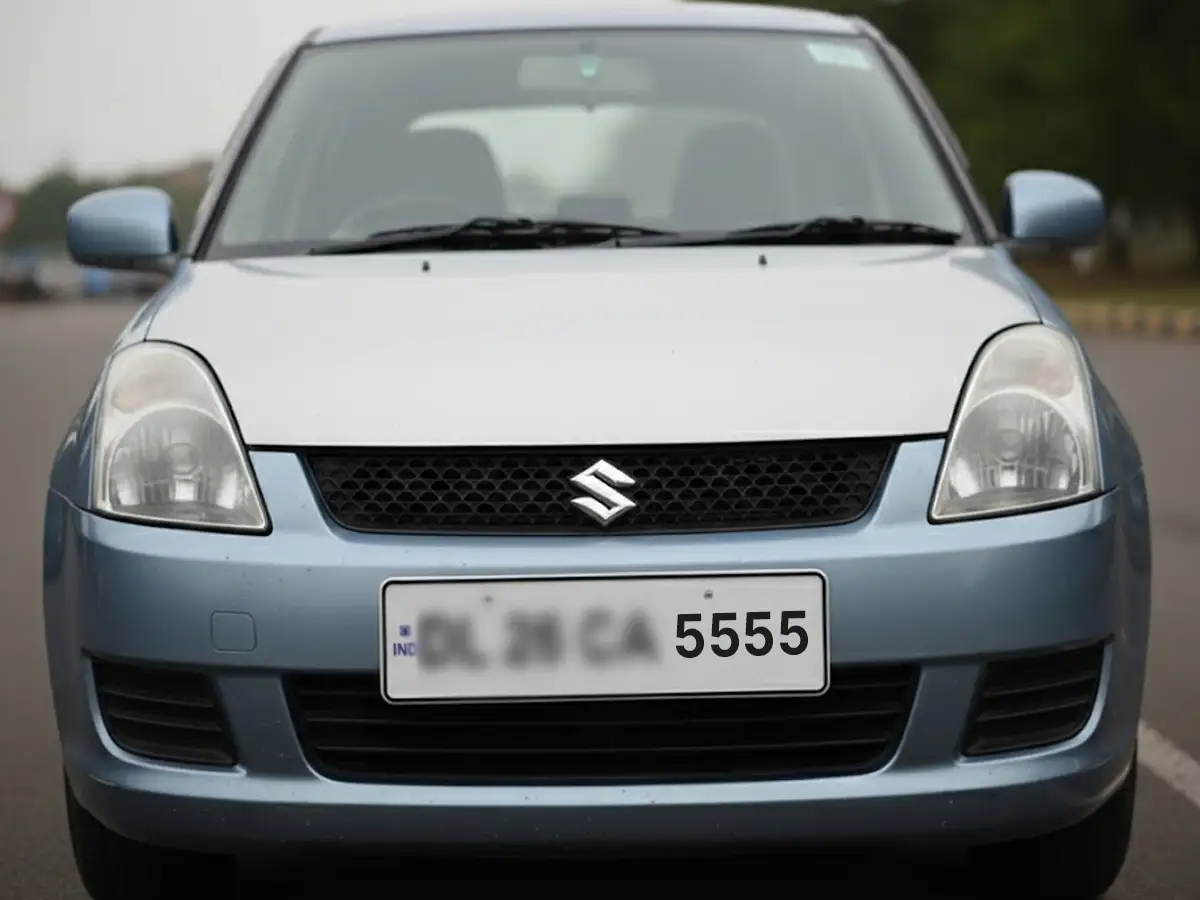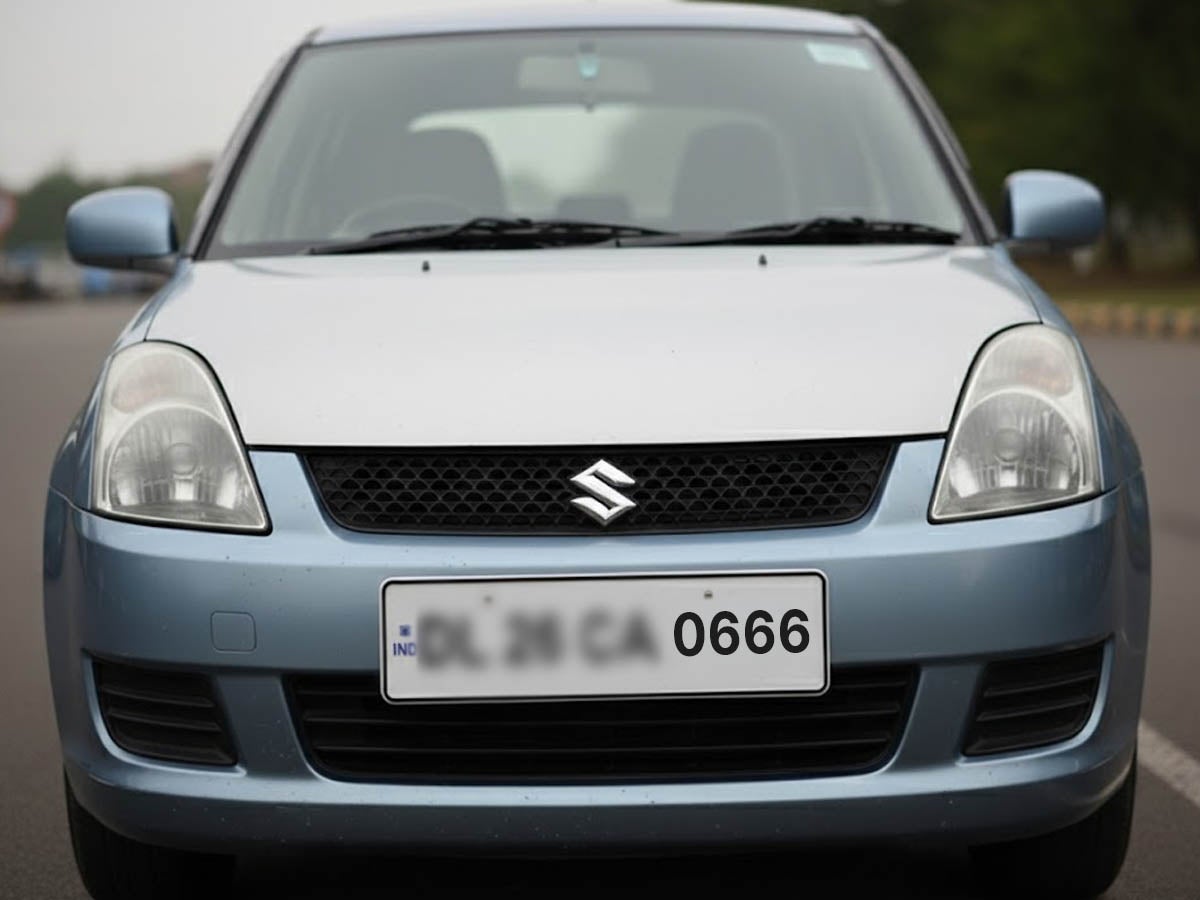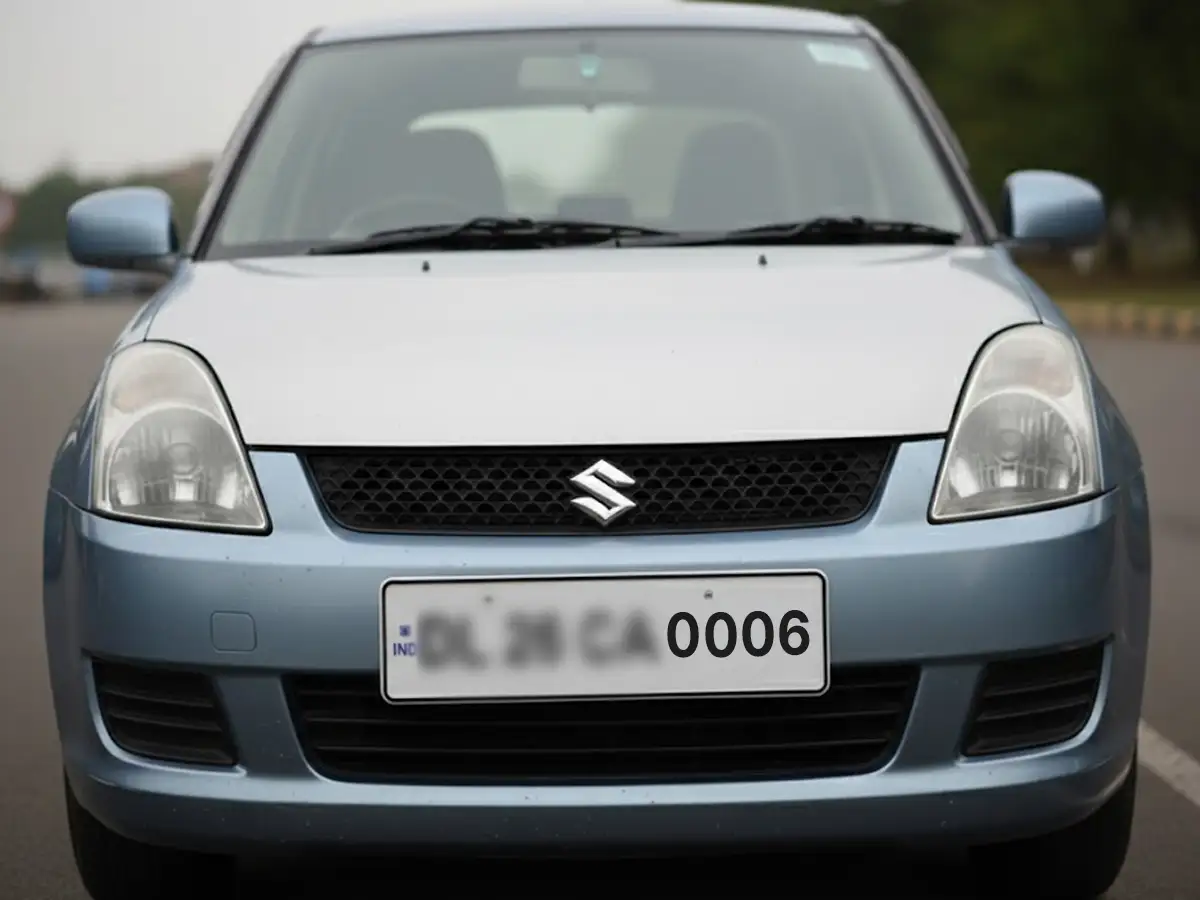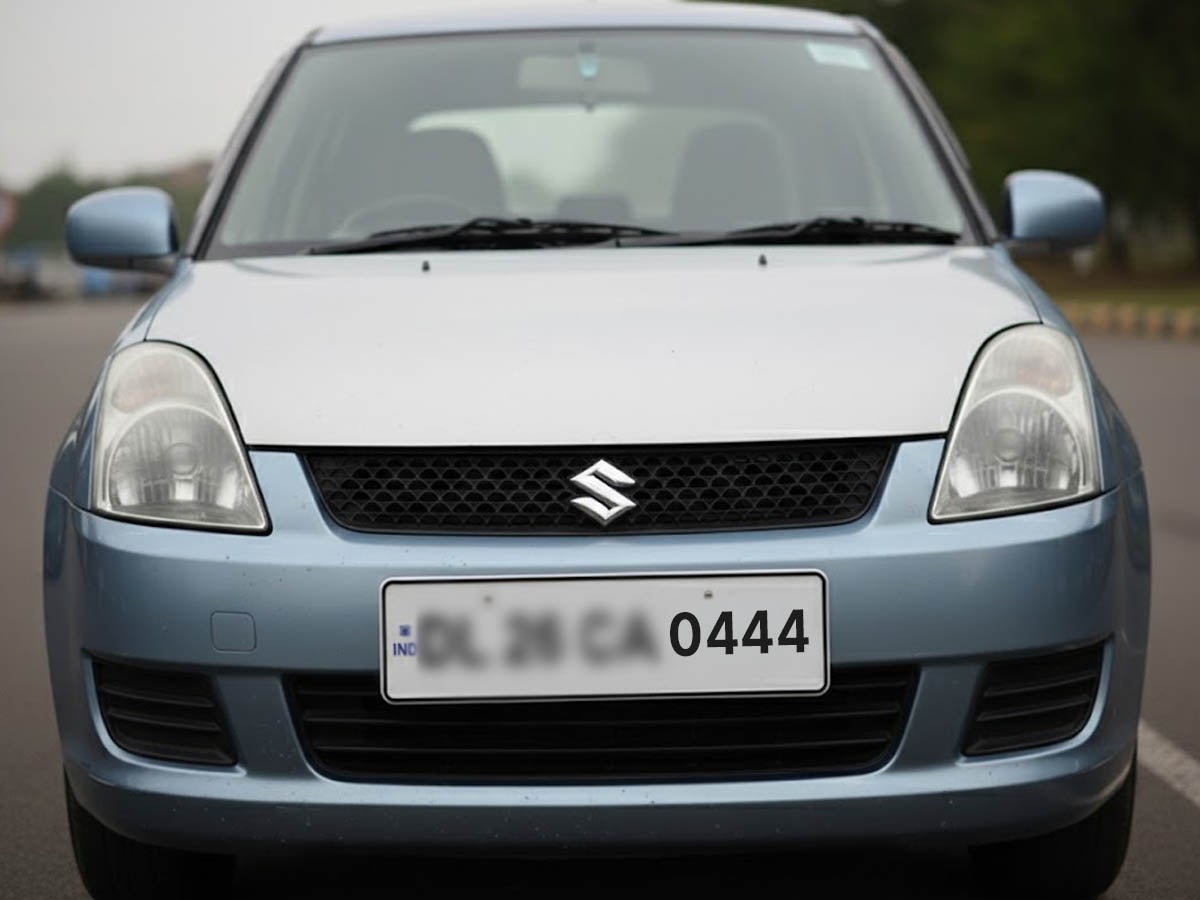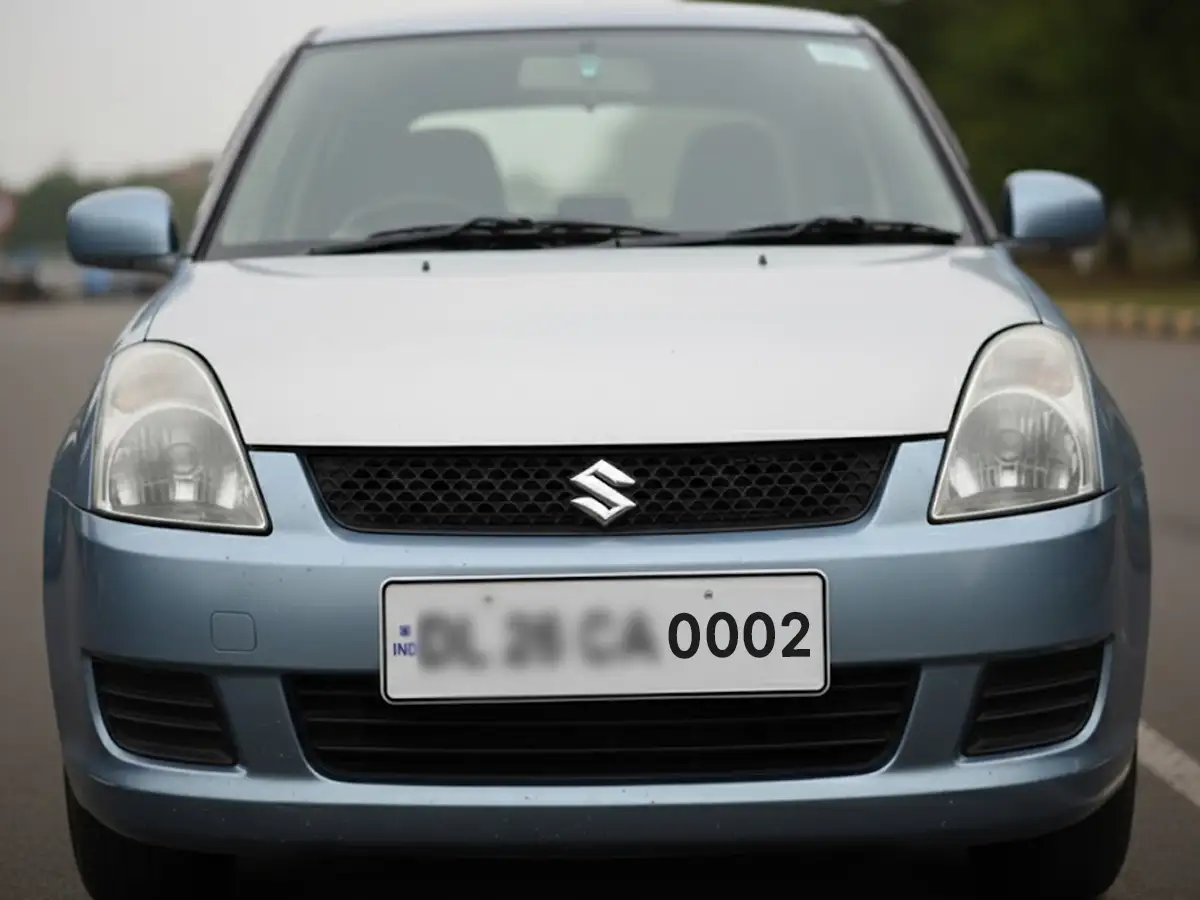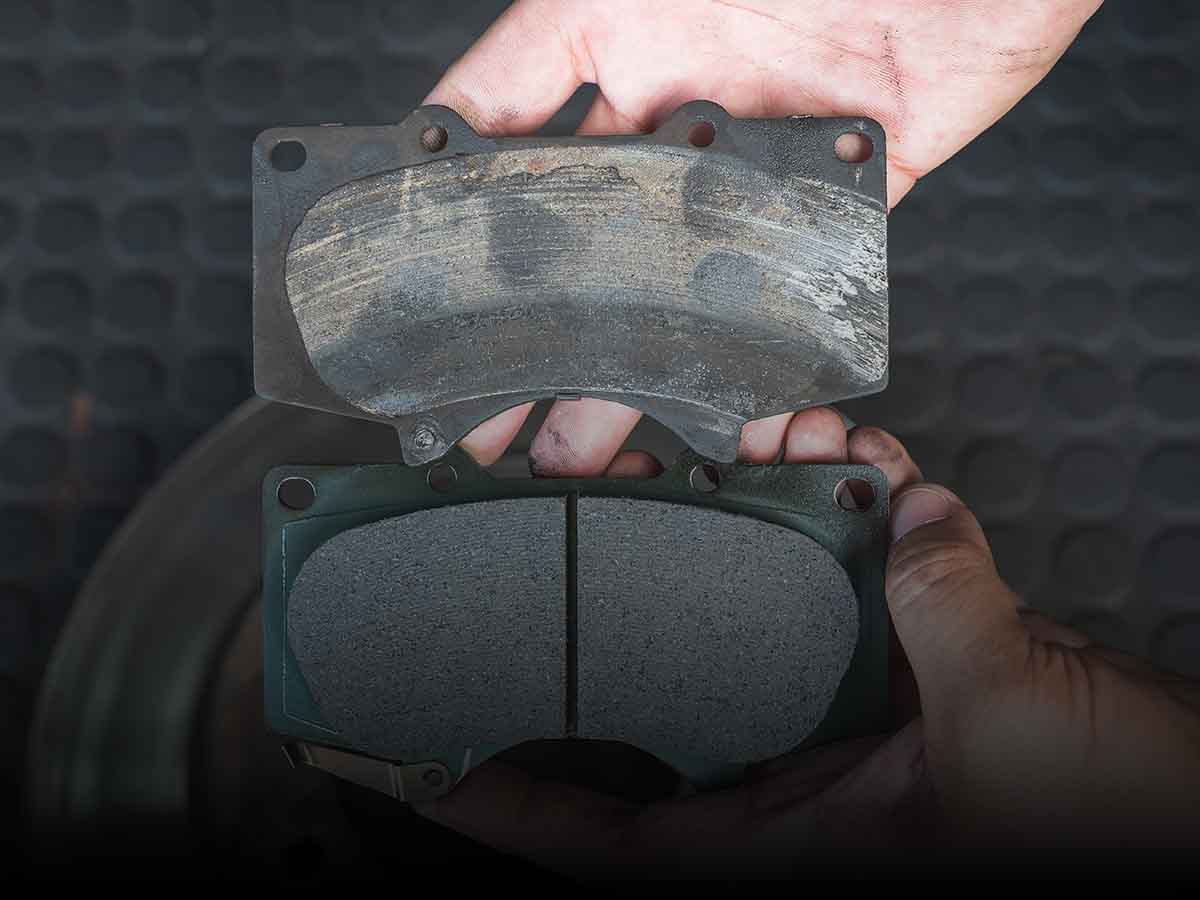

Best Brake Pads For Cars – Are Ceramic Pads Required?
- 1Different material brake pads all have their own pros and cons
- 2Ceramic pads cost more but have to be replaced less frequently
- 3Periodic brake maintenance and good driving habits can extend pad life
When it comes to car maintenance, brake pads are one of the most important wear items to consider. Your choice of pads comes down to whether you’re looking at routine maintenance or for an upgrade in braking performance. Certain types of pads, such as ceramic pads, can be an option in both cases.
This article dives into the types of brake pads for cars and just what the pros and cons of ceramic pads are. If you’re looking for help finding the best replacement disc pads for your car, you’ve come to the right place.
How Do Brake Pads Work?
The key to understanding how the type of pads affects braking performance is in understanding how they work. When you press the brake pedal, hydraulic fluid pushes pistons that force pads against the spinning brake discs attached to your wheels. This friction slows down and stops your car. Over time, this repeated friction wears down the pads, which is why they need periodic replacement. You know your pads have reached the end of their life when they start squealing.
Of course, this also means that driving style, driving conditions and general maintenance play a big role in how quickly a set of brake pads on your car lasts. More aggressive or heavy braking, driving in dusty conditions and skipping periodic brake disc cleaning can all negatively affect the life of your car’s brake pads.
Different Types of Brake Pads Available

Brake pads are usually made from materials like organic compounds, metal, or ceramics. The pad material determines stopping power, noise level, durability and heat dissipation ability.
Organic Brake Pads
These are the most common type and standard fitment on most cars from across car segments. They're made from materials like rubber, glass, carbon compounds, and sometimes Kevlar bound together with resin. Organic pads are perfect for most city commutes and regular driving conditions.
Pros
- Affordable (between ₹800-₹2,000 for most cars)
- Quiet operation
- Gentle on brake rotors
- Perform well in everyday city driving
Cons
- Wear out faster than other types
- Not ideal for high-performance driving
- Performance can degrade in extremely hot conditions
- Generate more brake dust
Semi-Metallic Brake Pads
These pads contain varying amounts, about 30-65% metal (usually copper, iron, or steel), mixed with graphite lubricant and other fillers. They're more common in the aftermarket segment. Semi-metallic pads offer a good balance for people who drive longer distances, in hilly regions or who drive larger, heavier vehicles.
Pros
- More durable than organic pads
- Better heat dissipation
- Good performance across various driving conditions
- Marginally more expensive than organic pads (between ₹1,500-₹4,000 for most cars)
Cons
- Noisier than organic pads
- Harder on brake rotors
- Can feel slightly less responsive until they warm up
- May not perform optimally in extreme cold
Ceramic Brake Pads
Ceramic pads are made from ceramic fibres, bonding agents, and sometimes small amounts of metal. Ceramic pads have gained popularity in the premium car segment.
Pros
- Longest lifespan
- Quietest operation
- Produces less brake dust
- Excellent performance across various temperatures
- Consistent braking feel
Cons
- Most expensive option (between ₹3,000-₹8,000 or more)
- May not offer the same brake bite as semi-metallic pads
- Limited availability
Are Ceramic Brake Pads Required?

If you drive a regular hatchback, sedan, or even an SUV, for commuting and occasional highway journeys, organic or semi-metallic pads will serve you perfectly well. If you’re wondering whether ceramic pads are really required for regular cars and regular driving, the short answer is no.
On the other hand, if you drive a luxury vehicle or a performance vehicle, you may find that the recommended fitment is often ceramic pads. This is because they offer the quietest operation, longest lifespan with good brake feel, while also producing less brake dust. They also resist heating up better, which means there’s less chance of your brake performance fading with repeated use, like in downhill driving.
Breaking Down The Cost Of Ceramic Brake Pads
While ceramic pads cost 3-4 times more than organic options, they typically last 2-3 times longer. Purely from a cost perspective, their value doesn’t always add up. However, for some car owners, less frequent service intervals can be a draw as it means fewer trips to the mechanic over the life of the vehicle. Ceramic pads can also lead to less wear on the brake disc or rotor, which is a component that’s significantly more expensive to replace.
Taking into account a bestselling hatchback like the Maruti-Suzuki Swift, replacing regular pads with ceramic pads will actually end up saving you money in the long run. Of course, not all ceramic pads are created equal, with some brands offering longer service duty than others. Expect to pay more for quality and longevity.
- Organic pads: ₹800-₹1,500 per set, replace every 15,000-30,000km
- Semi-metallic pads: ₹1,500-₹2,500 per set, replace every 30,000-40,000km
- Ceramic pads: ₹2,000-₹5,000 per set, replace every 50,000-60,000km
When To Choose Ceramic Brake Pads
Ceramic pads make the most sense in specific scenarios. You can consider them if you drive a premium car or a luxury car, where the manufacturer specifications recommend ceramic pads. These are the situations where it’s worth choosing ceramic pads:
- You drive a premium/luxury car
- You want long-lasting brake pads
- You don’t want to deal with brake noise and dust
- You frequently drive in mixed conditions
- You don't mind the higher upfront cost for long-term benefits
Organic and semi-metallic pads still have their place for most cars, especially when upfront cost is a big concern. This makes them the standard choice for owners who drive smaller vehicles, primarily for city commuting use. Semi-metallic pads are a better option for owners who take occasional long road trips or trips to hilly regions.
Tips And Tricks To Extend Brake Pad Life

Extending your disc pad life doesn't require any advanced mechanical skills or knowledge, just smarter maintenance and driving habits, especially on a long road trip. These are a few ways you can get longer life from your set of brake pads, no matter which type of pad you choose:
- Always replace pads in pairs: Never replace just one, as this can cause uneven braking forces, increasing braking distances.
- Practice anticipatory driving: Ease off the accelerator when approaching traffic to shed speed naturally to use less braking force.
- Inspect brake discs periodically: If your brake discs or rotors are scored or unevenly worn, they might need replacement or resurfacing. Failure to do so can lead to abnormally low life of pads.
- Follow the brake pad break-in period: New pads need proper break-in for optimal performance and life. Avoid hard braking for the first 200-300km on new pads.
- Look for warning signs: Braking systems give signs when something’s off. Squealing, grinding, or vibration when braking indicates it's time for an inspection.
- Don’t ignore brake fluid: Have your brake fluid replaced every 2-3 years as old brake fluid can accelerate wear and tear on other components in the braking system.
What Brake Pad Brands To Choose?
With a large variety of brake pad manufacturers to choose from, the safest choice is always the OEM supplier for your particular car make or model. If going aftermarket, avoid brands you haven’t heard of before, even if online pricing is tempting. Instead, these are some of the brands to look out for:
- MINDA: OEM for several manufacturers, good quality at competitive prices
- Rane: OEM for several manufacturers, a trusted name
- TVS Girling: OEM for several manufacturers, well-suited for Indian driving conditions
- Endurance: Solid mid-range option
- Bosch: Offers all three types of pads at very affordable prices
- Brembo: Premium option, especially good for high-performance vehicles
- Dixcel: Very high quality option, imported so it can be pricey
Conclusion
There is no definitive answer when it comes to what the best brake pads are. While ceramic pads offer superior performance and longevity, they are not essential for every car or every driver. Your driving habits, vehicle type, and budget should guide your decision.
Further, the best pads aren't necessarily the most expensive ones, but rather those that match your specific needs and driving conditions. Whether you choose organic, semi-metallic, or ceramic, proper installation and regular maintenance will ensure they perform at their best.
Frequently Asked Questions
Expand all

